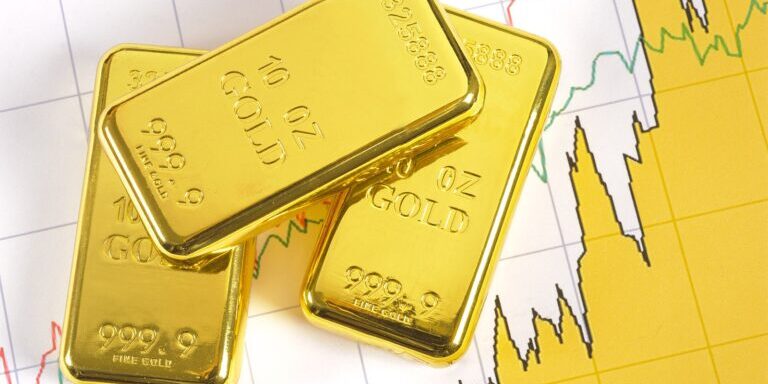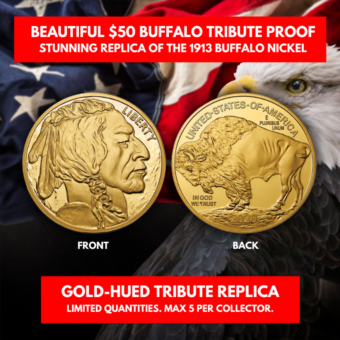
Gold and Silver Opportunities Before the Seasonal Rise
The US Dollar decline from its 2016 highs is a mere “symptom” of a much more ominous condition.
The fragility of the US Dollar is something that we have stated repeatedly, and for good reason: as paper currency, its foundations of stability have been an object of serious manipulation. And the consequences are clear. Judge for yourself by looking at the current US National Debt and debt to GDP ratio in real time.

Ultimately, you will have to decide for yourself whether these real conditions constitute a serious threat to the stability of your dollar-based assets.
The intrinsic value of both gold and silver far outweigh their fluctuating price values.
Seasoned investors know that the “intrinsic value” of gold and silver is separate from the “price value” of gold. In other words, the value of gold and silver doesn’t change--it is the value of other and often less robust assets that change in relation to these metals.
Price is simply a mechanism to inform you about the state of supply and demand. Lower demand for precious metals doesn’t mean that their intrinsic values have been discounted, it just means that fewer people are buying...and not always for the right reason. Considering the current state of the US economy, lower prices (meaning lower demand) tells us that many people hold the myopic and ill-informed view that the economy is strong.
But all evidence points to the contrary.
Smart investors seeking both wealth protection and accumulation understand that lower prices present a strategic opportunity to load up on gold and silver, as their intrinsic values remain robust and unchanging.
Seasonal factors present us with an opportunity at this very moment.
At the time of this writing, gold had slid slightly downward to $1,265.70 and silver had risen to $17.42. These are small fluctuations that concern short-term traders more so than long-term investors. For us, despite the bullish run that both gold and silver had experienced in the last four weeks, pullbacks offer us an advantage: affordable prices to purchase long-term holdings.
Seasonal cycles project great entry prices in the months ahead before the rise of both metals in the summer months.
The great advantage that seasonal analysis provides is that it reveals historical cycles in supply and demand. There’s usually a reason why precious metals rise in certain months, and seasonality shows the evidence in the form of real transactions.
For instance, every seasoned investor knows that gold tends to rise in the months of August and September, possibly due to strong cultural demand during India’s wedding season. Gold speculators take advantage of this potential phenomena by purchasing gold futures around this time of the year, further adding to the rise in gold prices.
Although seasonality cannot “guarantee” that every year will be met by the same outcome, its consistency and frequency make such market transactions reliable from a big-picture perspective.
First, on the fundamental side:
- The gold-to-silver ratio is nearing historic highs, prompting investors to buy both but with an emphasis on silver.
- On Monday, North Korea fired a short-range ballistic missile, one in a series of tests whose defiant actions have contributed to greater geopolitical uncertainty.
- The US economy slowed less than expected in the first quarter, though expectations of a sharp acceleration have been hampered by moderate consumer spending and softening business investment.
- According to CFTC data, money managers and hedge funds have increased their net long positions in COMEX gold for the first time in four weeks.
- From a technical perspective, both gold and silver are steady at their highs for what appears to be a four-week uptrend.
Aside from these points, monthly seasonal projections also give us unique insights from a historical angle:
Based on decades of historical data, Gold’s monthly performance has been as follows:
June: Gold had risen only 43% of the time, falling with a frequency of 57%. It’s average gain stands at 4.16% while its average loss is at -3.33%. It’s highest gain stood at 18.75% while its largest loss was much smaller at -12.12%.
July: Similar to June, gold rose 46% of the time, falling 54% in all months combined. It saw an average gain of 3.98% and an average loss of -2.96%.
These months provide buying opportunities for long-term investors, as history has shown a tendency for gold to rise in the following consecutive months.
August: Gold tends to rise 65% of the time, falling with a frequency of only 35%! What’s notable here is the disparity between the largest rise, being 19.23% and the largest decline of -9.26%. An exceedingly bullish month for gold.
September: Historically, gold’s bullishness continues holding the same stats of 65% up and 35% down.
Silver’s performance is just slightly different:
June: Markets have shown a tendency for silver to fall more than to rise, with a 65% probability to the downside and only 35% to the upside. Average gain and loss is almost equal, respectively at 8.40% and -8.16%. This tells us that with an average change of -3.06%, the negative outcome is due mainly to the frequency at which markets fall in this month. June is a good month to enter into silver positions, as the following month shows a stark reversal in price tendencies.
July: In this month, markets have risen 77% of the time, falling with a frequency of 33%. What makes this month seasonally significant is not only the high percentage of upward momentum (77% is quite high) but also the fact that the average gain of 5.68% is notably higher than the average loss of -3.85%.
August and September: The probability of markets rising in these months are the same--54% to the upside and 46% to the downside. This statistic is tepid as compared with gold, yet it still counts as a positive follow-through.
Overall, silver seasonality tells us that June has been a historically favorable month to get in at a value price. Fundamentals may change, and every yearly cycle may present a different situation. Nevertheless, seasonality does reveal strong historical consistencies, meaning that these price movements tend to happen more often than not.
To conclude, gold and silver have shown signs of an emerging long-term uptrend. Economic and geopolitical uncertainties will only add to the large upside payoff for holding assets with real value--and the current fundamentals show that such uncertainties are looming. Seasonality projections allow us to fine-tune the timing or our purchases. And it tells us that now is an optimal time.











